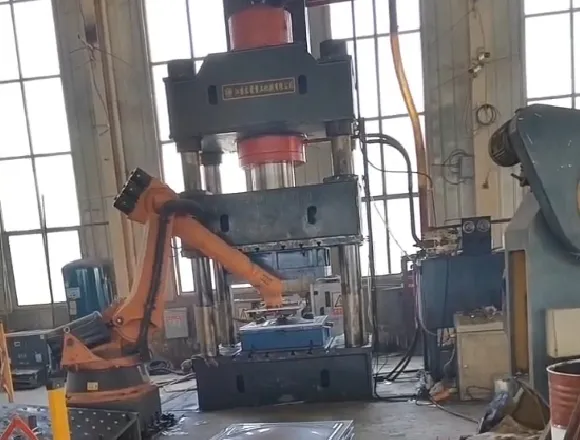loading...
- No. 9, Xingyuan South Street, Dongwaihuan Road, Zaoqiang County, Hengshui, Hebei, China
- admin@zjcomposites.com
- +86 15097380338
- Welcome to visit our website!
Exploring the Benefits and Applications of Grating Covers in Various Industries and Environments
The Importance of Grating Covers An Overview
Grating covers are crucial components in various industries and applications, serving as protective shields while allowing for essential ventilation or drainage. Made from materials such as steel, aluminum, or fiberglass, grating covers are designed to enhance safety and efficiency. Their uses can be found in industrial settings, urban infrastructure, and residential areas, making them an integral part of modern engineering.
One of the primary functions of grating covers is to provide safety in high-traffic areas. They are often used in walkways, platforms, and roadways to prevent accidents caused by slips and falls. By providing a stable surface with traction, these covers reduce the risk of injuries, particularly in environments that may be exposed to moisture or oil spills. Additionally, grating covers help support heavy loads, making them suitable for use in warehouses, factories, and loading docks, where heavy machinery and large equipment frequently operate.
Another significant benefit of using grating covers is their contribution to effective drainage systems. In many urban areas, stormwater management is crucial to prevent flooding and water accumulation. Grating covers installed over drainage systems allow for the free flow of water while preventing debris from clogging the drainage pipes. This functionality not only helps maintain a clean environment but also minimizes the risk of flooding during heavy rainfalls.
grating cover

Moreover, grating covers can enhance ventilation in various settings. In industrial environments, proper air circulation is essential for worker safety and equipment efficiency. Grating covers allow for air exchange while protecting essential machinery and components from contamination and damage. This is particularly vital in industries such as manufacturing and food processing, where air quality can directly impact product safety and worker health.
The choice of material for grating covers is critical and depends on the specific application and environment. Steel grating, for instance, is known for its durability and strength, making it suitable for heavy-duty applications. On the other hand, fiberglass grating is lightweight and resistant to corrosion, making it an excellent choice for environments exposed to chemical elements or harsh weather. Aluminum grating is also popular due to its lightweight nature and resistance to rust, making it ideal for areas where both strength and aesthetics are important.
Furthermore, grating covers can be customized to meet specific needs. They can be manufactured to different sizes, shapes, and load-bearing capacities, allowing for tailored solutions that fit unique applications. This customization enables architects and engineers to integrate grating covers seamlessly into their designs, whether in pedestrian walkways, industrial plants, or public infrastructure projects.
In conclusion, grating covers play an essential role in enhancing safety, efficiency, and functionality across various industries and applications. From protecting workers in hazardous environments to facilitating efficient drainage systems, their benefits are manifold. As urbanization and industrialization continue to grow, the importance of reliable and innovative grating cover solutions will only increase, ensuring that safety and efficiency remain at the forefront of engineering and design practices. Whether it's for commercial, industrial, or residential purposes, investing in high-quality grating covers is a proactive step toward creating safer and more efficient spaces for all.
-
Revolutionizing Industrial Safety with ZJ Composites' Mini Mesh GratingNewsNov.14,2025
-
Premium FRP Profiles and FRP Grating Revolution for Global WholesalersNewsNov.14,2025
-
Ultimate Strength with ZJ Composites FRP Profiles for Wholesale SuccessNewsNov.14,2025
-
ZJ Composites Covered Grating – The Durable Flooring Solution for Smarter Industrial SpacesNewsNov.14,2025
-
Mini Mesh Grating Enhancing Strength and Style in Every ProjectNewsNov.14,2025
-
FRP Pressure Vessels by ZJ CompositesNewsNov.14,2025
-
Transforming Industrial Spaces with Advanced Frp GratingNewsNov.11,2025
